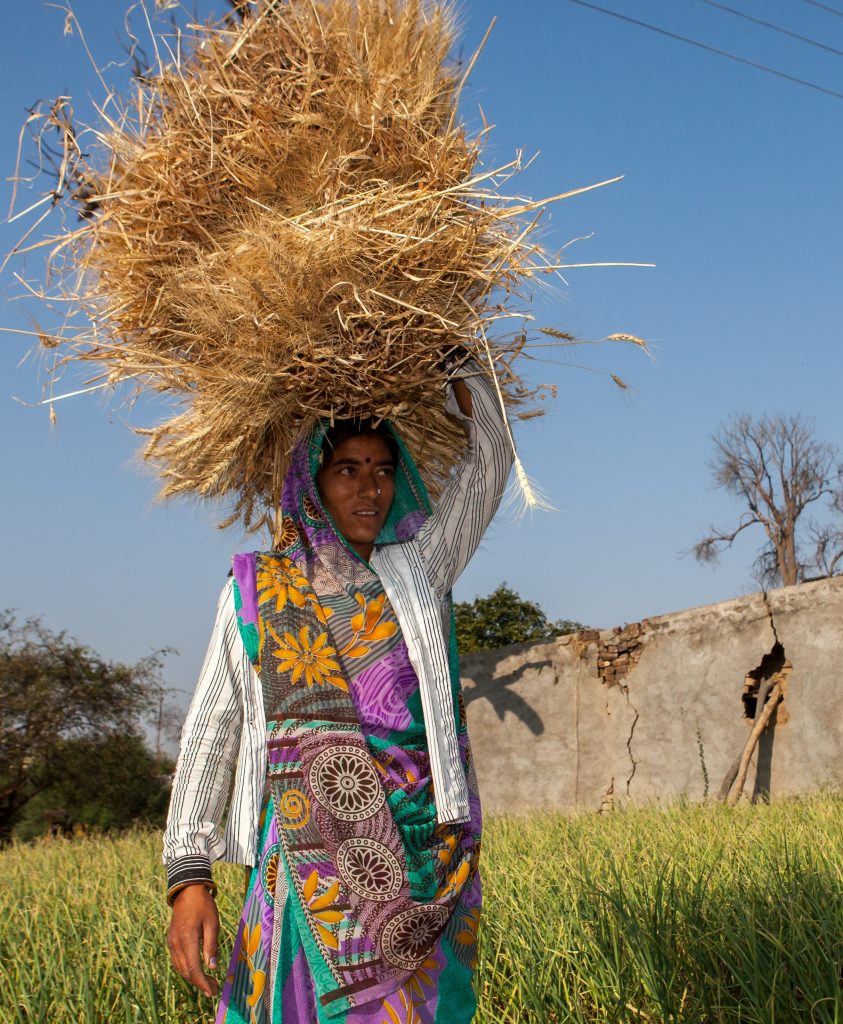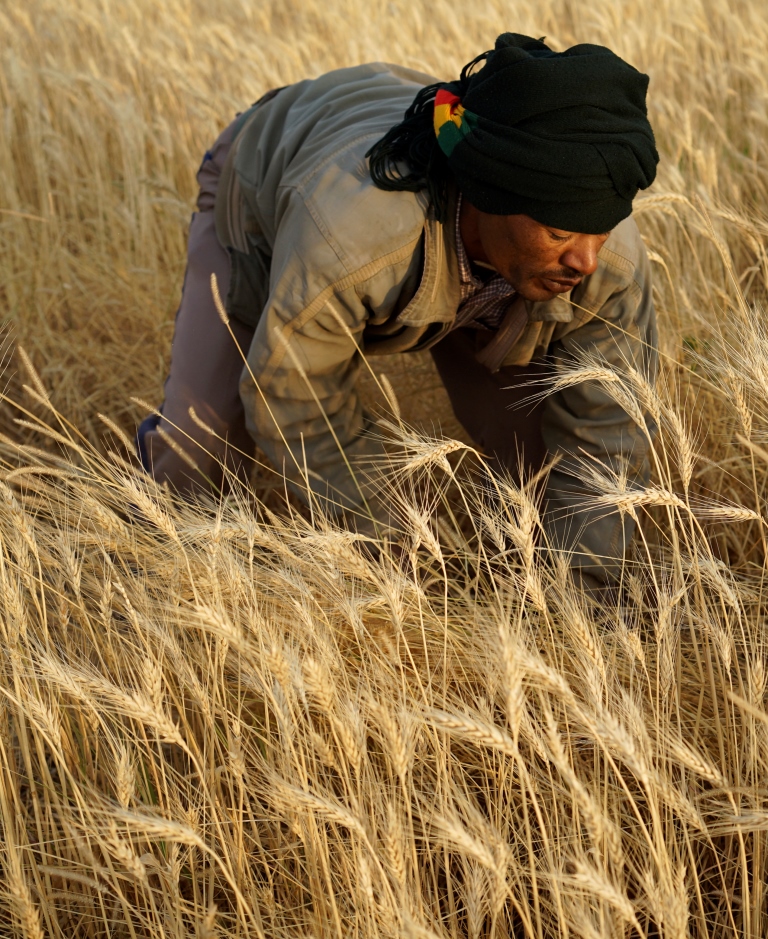Martin Kropff is CIMMYT director general and Juergen Voegele is senior director World Bank’s Agriculture Global Practice.

What do a chapati, a matza, or couscous have in common? The answer is wheat, which is a source for one-fifth of the calories and protein consumed globally.
Yet, stable, assured funding for public research for this important food grain remains elusive.
For 45 years, world-class scientists from two research centers of CGIAR – the world’s only global research system that focuses on the crops of most importance to poor farmers in developing countries – have battled the odds to provide wheat and nourish the world’s growing population. Their innovations have helped to boost wheat yields, fight debilitating pests and ward off diseases, improving the lives of nearly 80 million poor farmers.
Wheat plays a big role in feeding the human family. Over 1.2 billion resource-poor consumers depend on wheat as a staple food.
Small Investment, big gains: Research for free public goods shows the way
A new report by the CGIAR Research Program on Wheat shows that for an annual investment of roughly $30 million, the benefits gained from wheat research are in the range of $2.2 billion to $3.1 billion each year, from 1994 to 2014. Put another way, for every $1 invested in wheat breeding, $73 to $103 were returned in direct benefits, helping producers and consumers alike. Surely these healthy numbers — which are conservative because they do not include benefits from traits other than yield — would whet the appetite of any hard-nosed economist or bean counter looking for a convincing return on investment.
Science products like improved wheat lines from CIMMYT, the Mexico-based International Maize and Wheat Improvement Center, and ICARDA, the International Centre for Agricultural Research in the Dry Areas – both members of CGIAR – are freely available to all and keep the global wheat research enterprise humming. Each year CIMMYT alone distributes half a million packets of corn and wheat seed from its research to 346 partners in public and private breeding programs spread across 79 countries where these crops are mainstays of people’s diets.
Today, the rapid spread of wheat varieties adapted to diverse ecologies is one of agricultural science’s unsung success stories. Almost half the world’s wheat land is sown to varieties that come from research by CGIAR scientists and their global network of partners. Even as wheat-free diets are on the rise in industrialized countries – whether due to personal preference, or medical necessity such as celiac disease – it is increasingly clear that wheat will remain an important grain in the diets of millions of people living in emerging economies.

Food in a changing climate: The future is here
So what could possibly be wrong with the scenario painted above? After all, CIMMYT has been around for five decades, and public funding has kept the wheels of discovery science turning and delivering improved varieties of the food crops that farmers demand and consumers need.
The big outlier, our known unknown, is climate change. For every one degree Celsius increase in growing season temperatures, wheat production decreases by a whopping 6 percent.
To beat the heat, CIMMYT scientists are working to reshape the wheat plant for temperature extremes and other environmental factors. New goals include dramatically enhancing wheat’s use of sunlight and better understanding the internal signals whereby plants coordinate their activities and responses to dry conditions and high temperatures.
Food demand is projected to rise by 20 percent globally over the next 15 years with the largest increases in sub-Saharan Africa, South Asia and East Asia where the map of hunger, poverty and malnutrition has an overlay of environmental stress and extreme resource degradation.
Climate change is already playing havoc with the global food system.
In 2009, one-fifth of Mexico’s corn production was lost due to drought. In 2011, extreme weather events such as cyclones destroyed one-third of Sri Lanka’s rice crop, and badly damaged rice paddies in Madagascar, one of the world’s poorest countries. Two successive seasons of poor rainfall from El Niño have decimated Africa’s corn harvest and left millions facing hunger this year.
Looking to the future, rising food demand – driven inexorably by population, rapid urbanization and increasing global wealth – shows no sign of abating. To meet food needs by increasing productivity, cereal yields – not wheat alone – would need to increase at 3 percent a year, a number that is 40 percent higher than the 2.1 percent gains achieved from 2000 to 2013. Alas, plant breeders do not have the luxury of complacency. New varieties take more than a decade to develop, test, and deploy through national certification and seed marketing or distribution systems.
CGIAR crop scientists are rushing to meet the challenges. In a taste of the future, a team of topnotch scientists at CGIAR’s Lima-based International Potato Center and NASA will test growing potatoes under Martian conditions to demonstrate that hardy spuds can thrive in the harshest environments.
As the world’s policy makers begin to grapple with the interconnected nature of food, energy, water and peace, every dollar invested in improving global food and nutrition security is an investment in the future of humanity.
To develop crops, livestock, fish and trees that are more productive and resilient and have a lower environmental signature, CGIAR is calling for an increase in its war chest to reach $1.35 billion by 2020. Is anybody listening?
 Capacity development
Capacity development